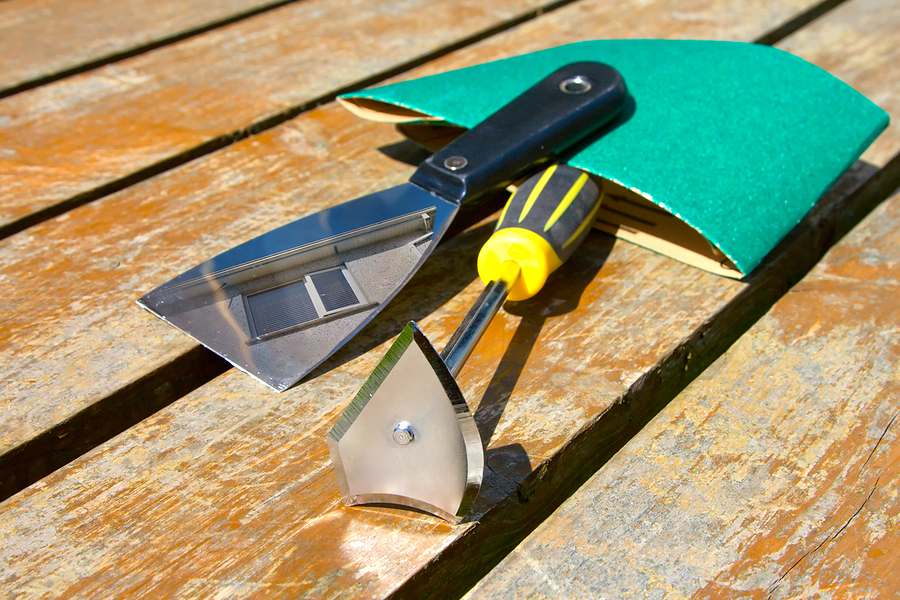Whether you are buying or selling a home, before an experienced real estate agent provides you with a valuation opinion, they will analyze the condition of the home to help determine the value.
Homes generally turn over every 20 years, on average. That means if you are selling a home that is about 20 years old, and you haven’t replaced any mechanicals, appliances, roofing, siding, or windows, the buyer could be looking at 10’s of thousands of dollars in upcoming repairs, which can impact a seller’s net proceeds and a buyer’s investment.
Most real estate agents are not inspectors, but there are some obvious signs to look for like broken seals on windows, rotten wood or damaged windowsills. It’s easy to pick up on old flooring, appliances, plumbing fixtures, and damaged cabinetry or siding, but an inspector is needed to evaluate the mechanicals, roof, grade, moisture, etc.
Agents and buyers rely heavily on the seller’s property disclosure, when preparing an offer to purchase a home. If a buyer knows they may have to replace a furnace or windows, they will construct their offer accordingly.
If an offer is accepted, the buyer’s inspector may uncover additional defects. The buyer may elect to cancel the purchase agreement or request repairs, replacement, or a price reduction.
Even if a buyer and seller negotiate certain repairs, the buyer’s appraiser may determine that the value of the property is not equal to the value of the purchase price. Once again, the buyer may be able to cancel or renegotiate with the seller.
With the high interest rates, many buyers are spending 35% – 40% of their gross income on their monthly payment and they don’t have excess income to handle home repairs, so they may be more inclined to cancel a purchase agreement, than to take on the risk.
I was in a home recently that was priced at market value and it needed new windows, doors, appliances, bathroom fixtures, a furnace, and a driveway. I ballparked the repairs at $50,000-$75,000, but the property wouldn’t appraise for much more than the asking price. Based on my market analysis, if the buyers only $25,000 into the property over the next 5 years and they had to sell, they would most likely be upside down. The investment would be even worse if they had to spend more on repairs.
Homeowners are usually happier if they keep up with maintenance and repairs as needed, so they can enjoy the improvements rather than pay for them before they sell for the buyer’s enjoyment.
Most minor improvements can be recaptured when you sell, such as paint, flooring, updating light fixtures, plumbing fixtures, moderate décor items like countertops, or curb appeal.
If buyers feel a home is move in ready, they are more likely to make an offer.
Sometimes a home warranty can provide additional security, if the buyer knows most repairs may be covered during the first year of home ownership, with a small service call fee.
If a seller wants to receive top dollar, we can determine the most important items to take care of before selling. This puts the seller in control of the materials and cost and they can provide receipts to the buyer with the seller’s disclosure. The seller may also elect to provide a one-year home warranty.
If the seller wishes to sell as is, and prices the home accordingly, it is best to list the possible improvements needed as an explanation of why the price has been reduced, otherwise the buyer may still try for a further price reduction during negotiations.
Every situation and home is unique and an experienced real estate agent can help you maximize your investment.
Ask the Real Estate Agent is a weekly column by Cheryl Kempenich of Coldwell Banker Realty, who lives and offices in the Chisago Lakes Area. Submit your questions to ckempenich@cbburnet.com. All information is deemed reliable but not guaranteed. For legal assistance consult an attorney.

